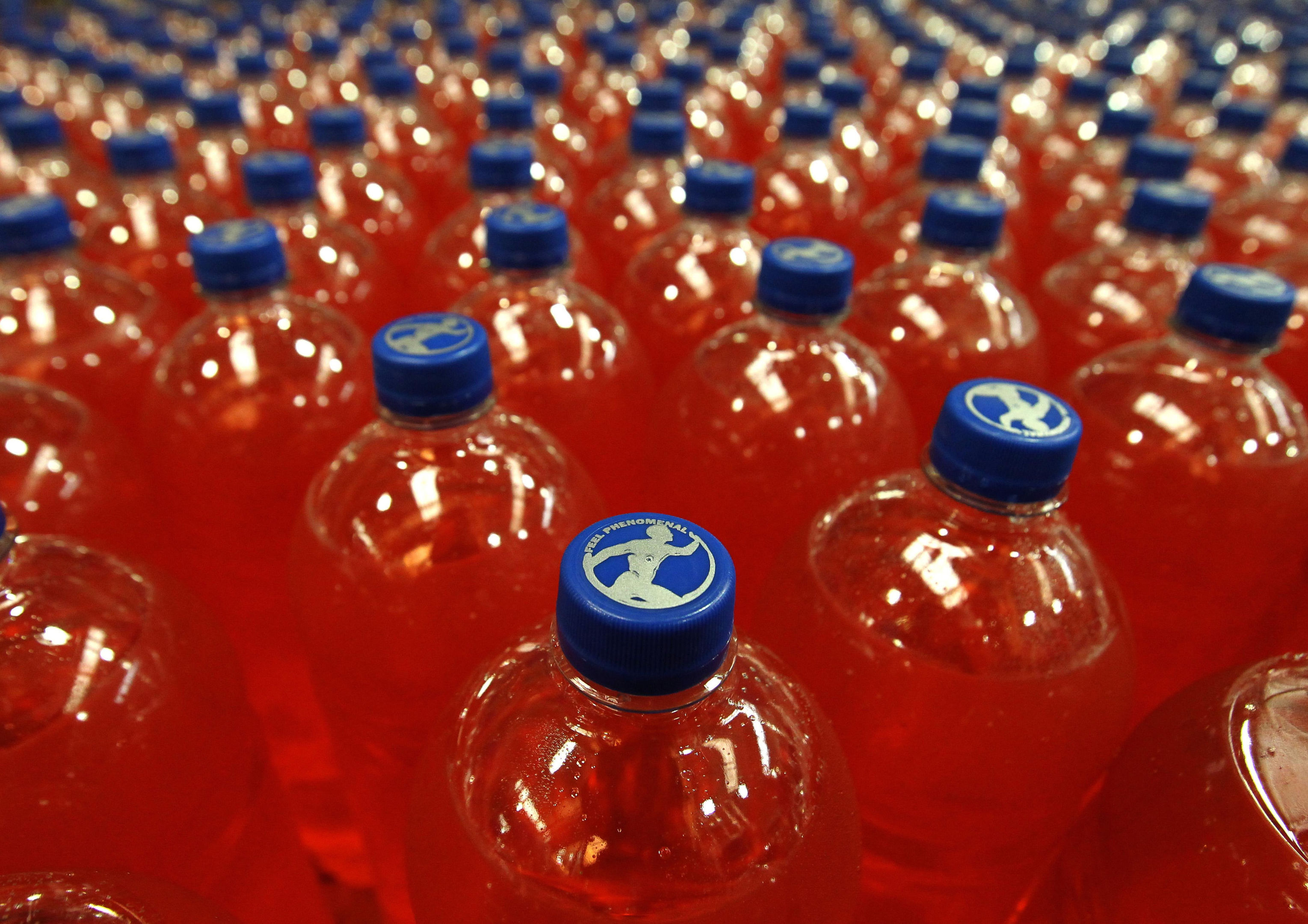
Pop, juice, ginger, soda. Whatever you call them, fizzy drinks are big business.
Here, New York-based writer Judith Levin, a University of Aberdeen graduate, tells Sally McDonald the Honest Truth about why we all love a bit of sugary sparkle in our lives…
Why did you write this book?
Food history is a great way to learn about a culture; who people are and what they value.
Carbonated drinks raise a question: how does something made of water, gas, and sugar become such big business, and the source of numerous arguments about health, politics, and morality and part of childhood memories?
The short answer is the power of advertising and the power of sugar!
What can you tell us about your research?
I drank fizzy drinks and interviewed people about them in London, Iceland, Italy, Turkey, France, and many states in the US.
And, of course, I used the internet, contacting people in Germany, New Zealand, and Japan, and frolicking amongst sites where people report on and rate the strange or wonderful or horrible fizzy drinks they taste.
I was also helped by colleagues at the Lower East Side Tenement Museum in New York who reported on the drinks they grew up with in Austria, Venezuela, or China.
What were your most surprising finds?
That a favourite childhood drink – celery-flavoured soda – appears on nearly all “weirdest flavours ever” lists.
That proves a point – we associate sweet drinks with our childhoods and like the ones we grew up with.
Which was the world’s first fizzy drink?
They existed more than 80 years before Coca-Cola in 1886.
People drank naturally sparkling waters. Traditional fermented drinks with negligible alcohol contents also fizzed without the addition of carbon dioxide, like ginger beer in Britain and root beers in the US.
What are the origins of Coca-Cola?
No one could have predicted Coca-Cola would become a global hit.
It was one of the many late 19th Century concoctions with secret recipes, big claims about its medicinal value, and large advertising budgets.
Its inventor John S Pemberton, a pharmacist from Georgia, USA, imitated a popular French cocaine-spiked wine called Vin Mariani.
He removed the wine from the recipe when Georgia banned alcohol (cocaine wasn’t outlawed at this point) and added caffeine from the African kola nut – hence the name.
That proved too bitter, so he switched to artificial caffeine.
He gradually concocted the vanilla, citrus, and spice combination that came to be the flavour of a cola. Many fizzy drinks before had been based on ginger or lemon.
What tops Coke in the popularity stakes?
Many drinks are associated with a place and the identity of people there.
Irn-Bru is one of the best examples. It’s a sign of Scottish pride that it outsells Coke but of course it also has some of the best adverts ever.
I’m afraid I prefer Scotland’s other national drink!
Vimto is another national drink with a secret formula. When Brits travelled, Vimto went with them. Now it’s is the drink of choice for Muslims during Ramadan.
Any countries where fizzy drinks aren’t popular?
People in China and Japan, historically haven’t liked the sensation of fizz in their mouths.
People in some countries may associate a specific drink – Coca-Cola, usually – with America, something that can result in people rejecting the drink, or loving it depending on how they feel about the US.
What is the future for fizzy drinks?
Many companies are creating fizzy drinks for the health conscious with real fruit, no E numbers, no sugar, etc.
And there are novelty flavours like chocolate-covered maple-smoked bacon soda, and turkey and gravy soda!
Soda and Fizzy Drinks: A Global History, is published by Reaktion, £11.99

Enjoy the convenience of having The Sunday Post delivered as a digital ePaper straight to your smartphone, tablet or computer.
Subscribe for only £5.49 a month and enjoy all the benefits of the printed paper as a digital replica.
Subscribe